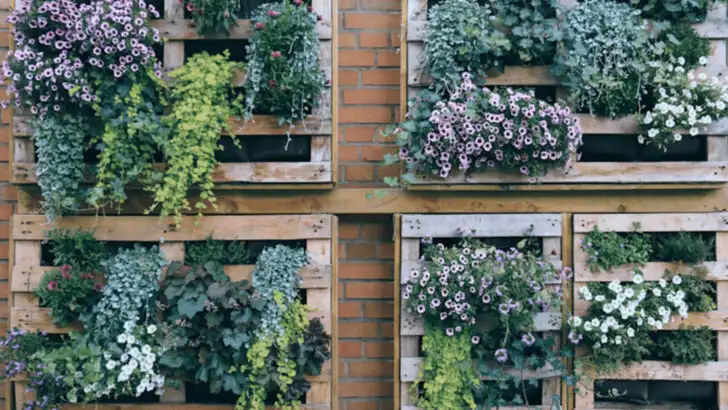Even if you don’t have acres of land, a small garden can still feel open, lush, and expansive—if you know what to avoid. But too often, well-meaning gardeners unknowingly make choices that shrink the space visually, making even a decent-sized yard feel cramped and cluttered. From how you arrange your plants to the colors and containers you use, design details matter more than you think.
The good news? Most of these common garden layout mistakes are super easy to fix—some take just minutes. Whether you’re using your balcony, patio, or a patch of lawn, small changes in placement, height, repetition, and flow can instantly transform your garden’s vibe. You don’t need a landscape architect. Just a few smart switches and a clear plan.
In this guide, we’re uncovering 15 mistakes that are secretly shrinking your space—and giving you the simple fixes that actually work. From color tricks to vertical illusions and layout hacks, these tips will help you make any garden look bigger, brighter, and more inviting. Ready to reclaim your space? Let’s dig in.
Overcrowded Planting
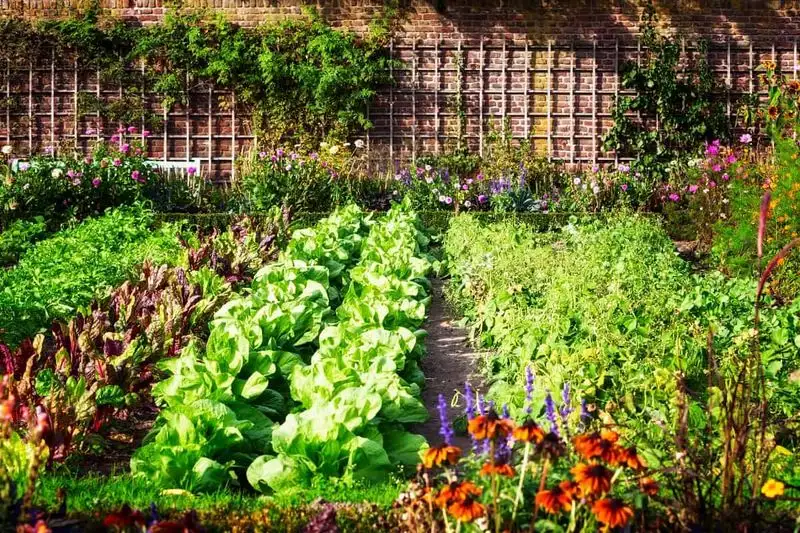
It’s tempting to fill your garden with as many plants as possible. However, crowding can backfire, making the space seem cluttered and smaller. Different plants have varying space needs, and overplanting may lead to competition for sunlight and nutrients. Instead, consider spacing plants appropriately according to their mature size. Choose a mix of tall and short plants to create a layered effect, adding depth and dimension. Opt for colors that complement each other, rather than compete, to maintain harmony. Thoughtful spacing ensures each plant thrives and the garden feels more expansive.
Lack of Defined Edges
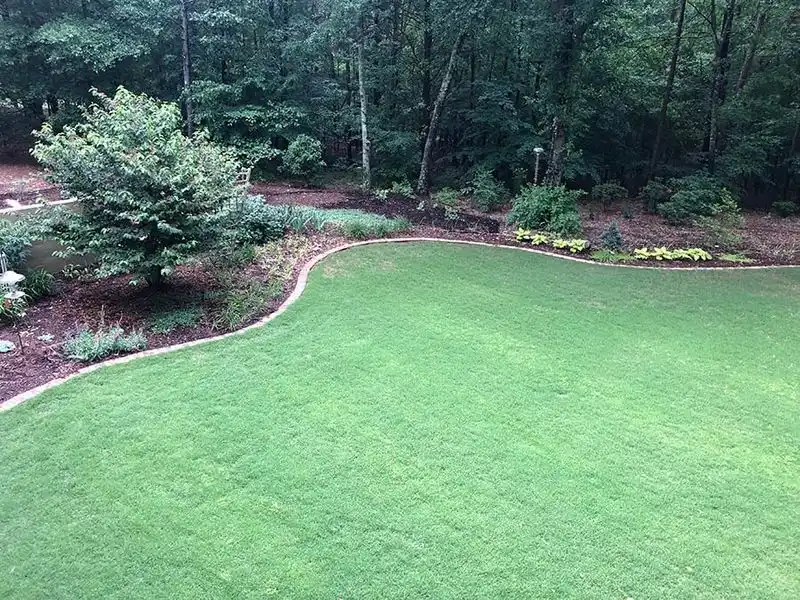
Without clear boundaries, a garden can appear untamed and smaller than it is. Defined edges provide structure, giving a sense of organized space. Using materials like bricks, stones, or wood to outline paths and beds can offer visual clarity. It creates a neat, intentional look, making the garden appear larger and more manageable. Additionally, contrasting colors or textures in the edging material can enhance visual interest. By framing your garden effectively, you invite the eye to explore distinct areas, making the space feel more significant.
Ignoring Vertical Space
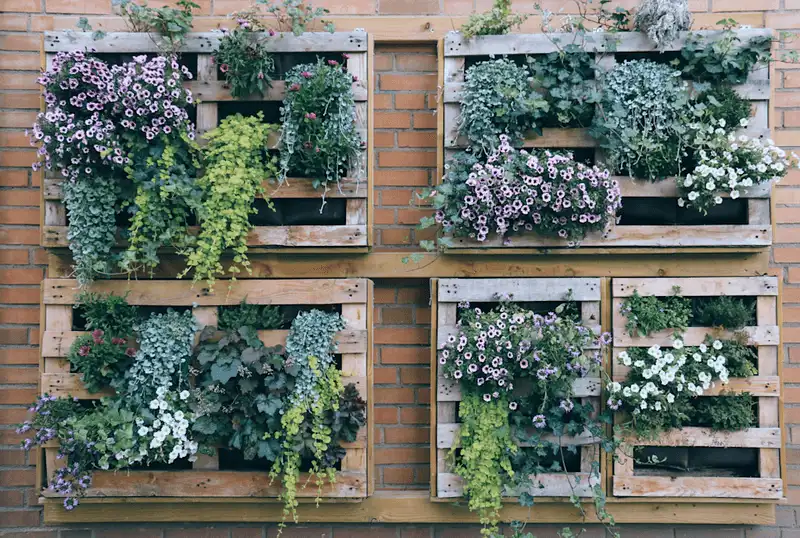
Often, gardeners overlook the vertical plane, focusing solely on ground level. Incorporating vertical elements can dramatically change the perception of space. Add trellises, arbors, or climbing plants to draw the eye upwards, creating an illusion of height. Vertical gardening is not only space-efficient but also adds layers and complexity. Hanging baskets, wall planters, and tall structures can embellish bland fences or walls. By capitalizing on height, you not only save ground space but also add dynamic elements that make your garden feel larger and more inviting.
Too Much Lawn
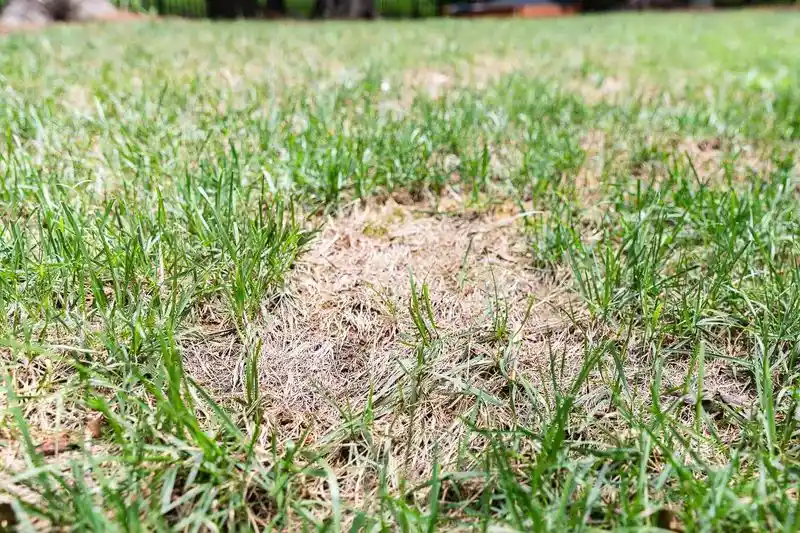
While lawns can be lovely, too much grass can make a space feel monotonous and confined. Introduce variety through flower beds, shrubs, and decorative elements to break up the expanse of green. Curved edges rather than straight ones can add intrigue and softly guide the eye, providing a sense of movement. Consider creating focal points with sculptures or water features to draw attention away from the flat lawn. Diversity in your garden can create a more intriguing landscape, enhancing the perceived space and inviting more exploration.
Monochromatic Color Scheme
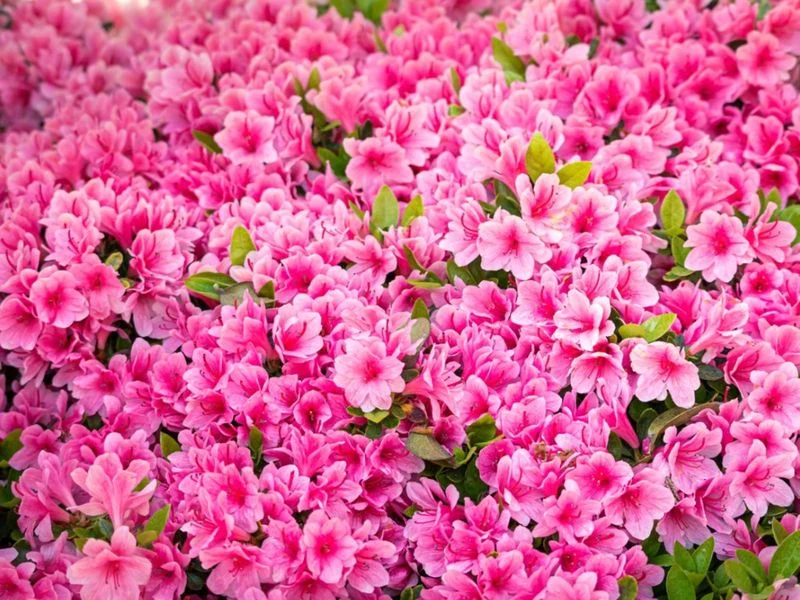
A garden filled with similar hues can seem dull and smaller than it is. Contrast is key to creating visual interest and depth. Introduce a spectrum of colors through flowers, foliage, and even decorative elements like pots or garden art. Varied colors can guide the eye across the space, making it feel more expansive. Consider the seasonal changes in plant colors to ensure year-round appeal. By mixing colors thoughtfully, your garden will feel vibrant and dynamic, transforming it into a place that feels larger and full of life.
Neglecting Multi-functional Spaces
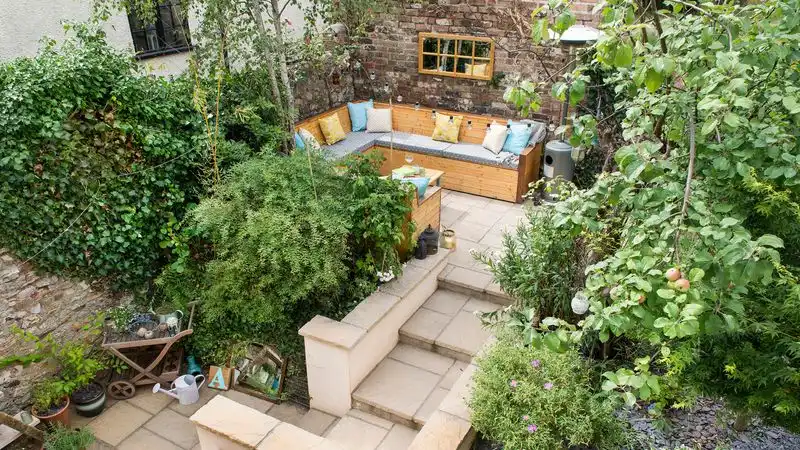
A garden can serve multiple purposes, but often, we focus on just one aspect. Single-use spaces can limit how large a garden feels. Integrate features like dining areas, play zones, or small vegetable patches. Multi-use spaces cater to various activities, making the area more interesting and functional. Folding furniture or portable elements can offer flexibility, allowing the garden to adapt to different needs. A multi-functional garden maximizes space efficiency, encouraging a more engaging and interactive environment.
Overuse of Large Pots
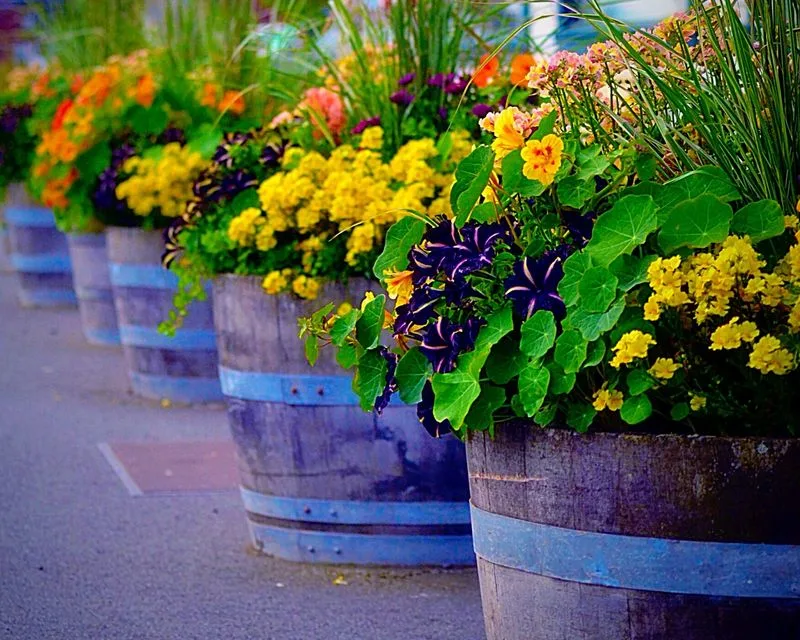
While large pots can make a statement, too many can overwhelm and shrink the perceived space. They can dominate the landscape, limiting movement and views. Balance is essential; use a mix of pot sizes to create a harmonious layout. Smaller pots can be tucked into corners or elevated on stands to add layers. Consider the placement of pots to ensure they complement rather than compete with the garden’s natural flow. By thoughtfully arranging pots, you can maintain an open feel while still enjoying the beauty they offer.
Straight Pathways
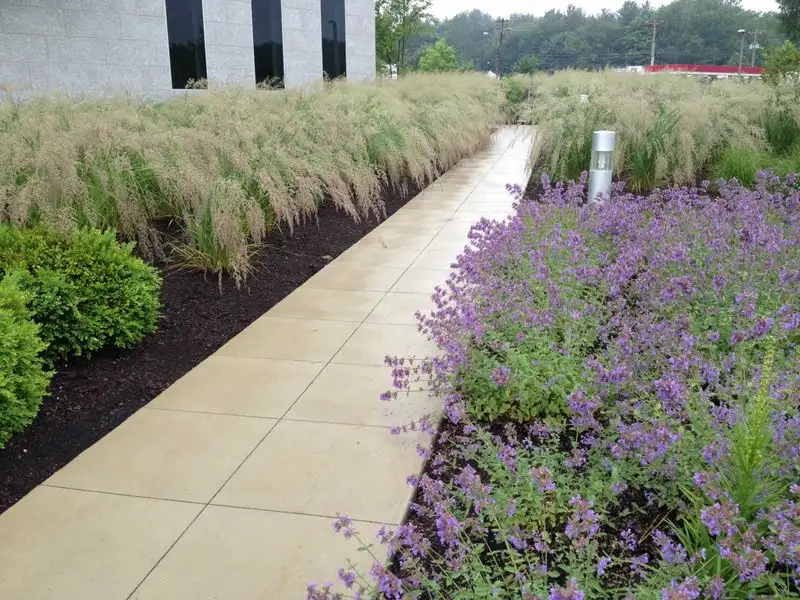
Straight pathways create a direct, limited view, which can make a garden seem smaller. Curved paths invite curiosity and exploration, leading visitors on a more engaging journey. They provide a sense of adventure and discovery, encouraging exploration of hidden corners. Materials like gravel, pavers, or stepping stones can add texture and interest to paths. By designing winding paths, you can guide the eye and feet through your garden, enhancing the feeling of space and intrigue.
Cluttered Decor
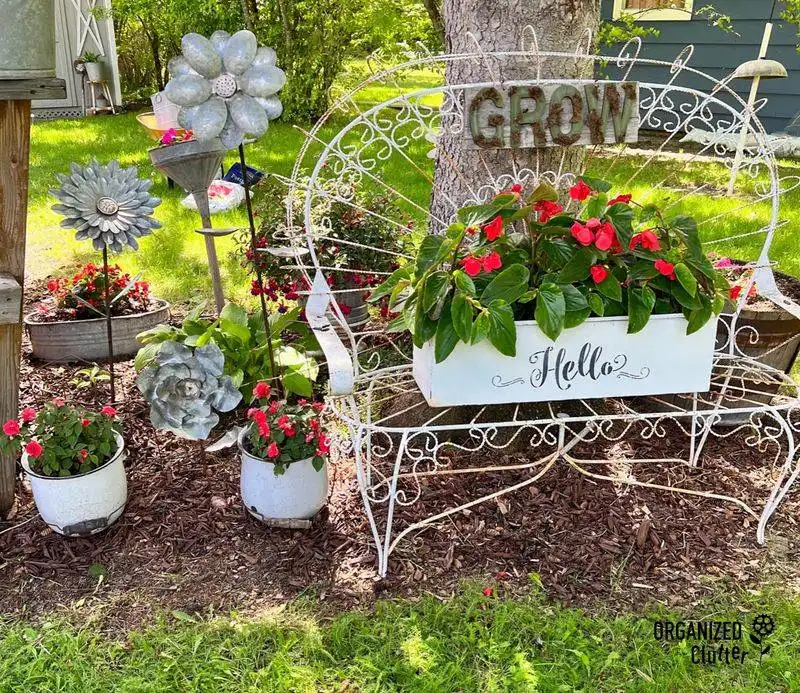
Decorative elements can enhance a garden, but too much can clutter and make the space feel cramped. Less is often more when it comes to garden decor. Select a few key pieces that complement the garden’s theme and scale. These could be sculptures, birdbaths, or unique planters that draw the eye without overwhelming. Ensure decor is placed thoughtfully to guide focus rather than distract. By curating your decorative elements, you create a cohesive and spacious environment that highlights the garden’s natural beauty.
Lack of Focal Points

Without focal points, a garden lacks visual anchors, making it appear undefined and smaller. Focal points draw the eye and provide direction, creating a sense of order. These can be statues, water features, or a striking plant arrangement. Position them strategically to lead views through the space, enhancing flow. A well-placed focal point can transform a garden, providing a sense of depth and intrigue, encouraging exploration and interaction.
Ignoring Seasonal Changes
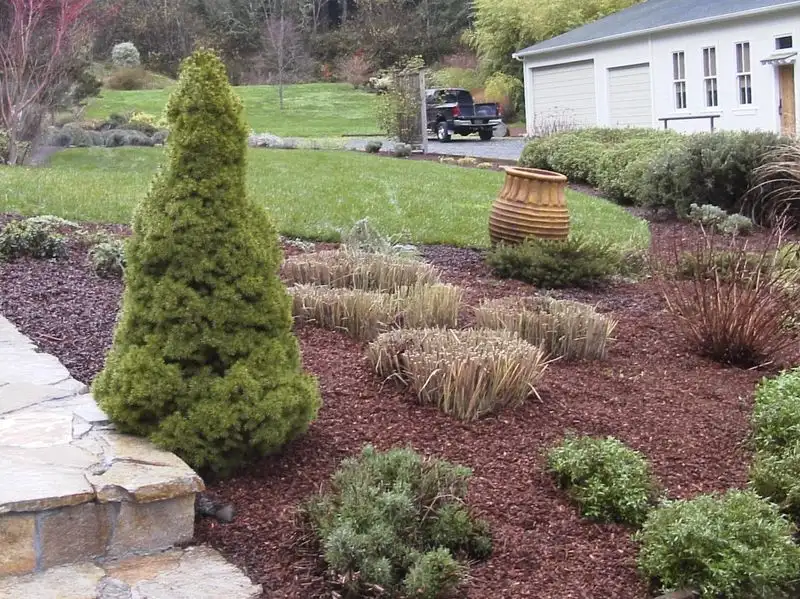
Gardens that only thrive in one season may appear empty and smaller during off-seasons. Plan for year-round interest by incorporating plants that provide color, texture, or blooms in different seasons. Evergreen plants, winter flowers, or autumn foliage can keep the garden lively. This continuity ensures the garden remains engaging and dynamic throughout the year, making it feel larger and more vibrant regardless of the season. Seasonal planning adds dimension and ensures a full, attractive garden all year round.
Poor Lighting
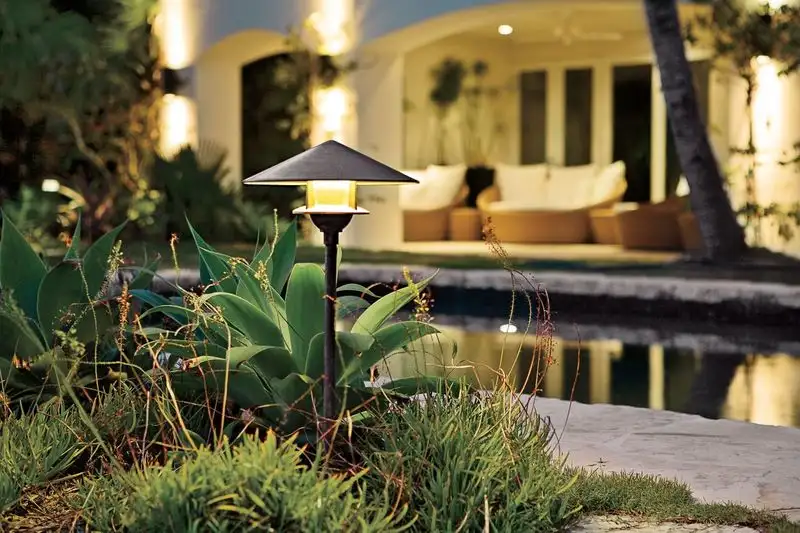
Lighting plays a crucial role in how a garden is perceived, especially at night. Poor lighting can make it feel small and uninviting. Incorporate various lighting sources, such as string lights, solar lamps, or spotlights, to illuminate paths and highlight features. Lighting can create ambiance and draw attention to key areas, enhancing the garden’s beauty and size. Thoughtful lighting design ensures safety and extends the usability of the space into the evening, making the garden more welcoming and spacious.
Neglecting Texture and Form
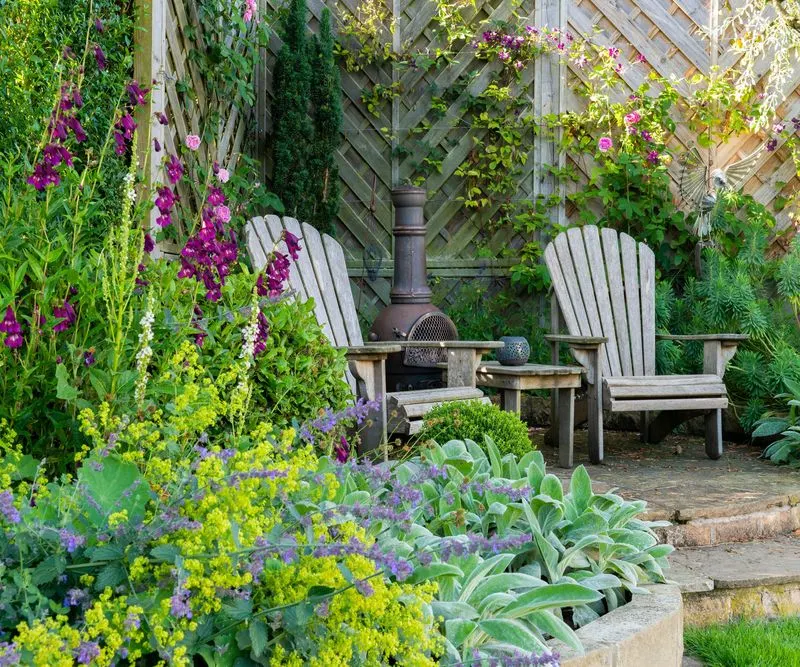
Using plants with similar textures and forms can lead to a garden that feels static and less spacious. Mix different plant textures and shapes to add visual variety and interest. Contrast smooth leaves with spiky ones or pair round forms with vertical shapes. This diversity adds dimension, encouraging the eye to move around the space. Thoughtful plant selection can transform a flat garden into one that feels vibrant and expansive. Texture and form provide layers, enhancing depth and overall aesthetic appeal.
Inconsistent Theme
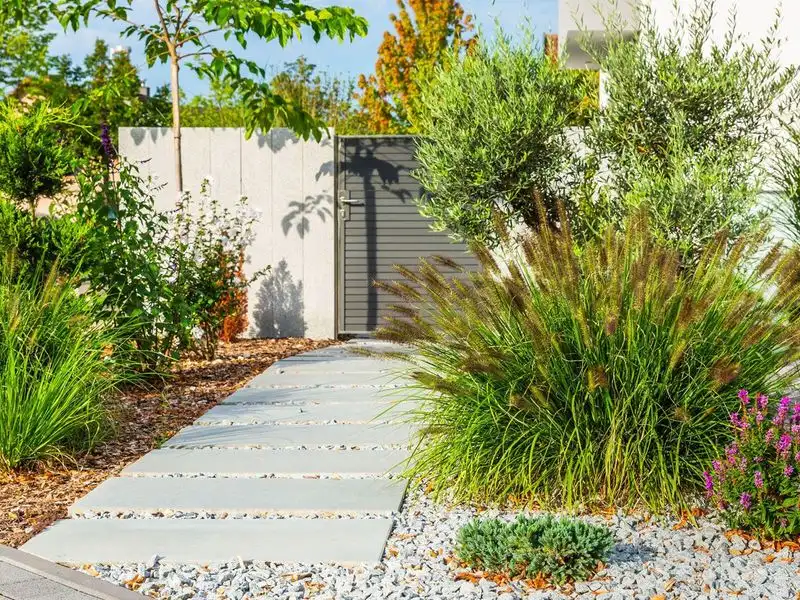
A garden without a consistent theme can feel disjointed and smaller. Cohesive design ensures a harmonious flow, making the space more inviting. Choose a theme or style and stick with it, whether it’s Mediterranean, cottage, or modern. Consistency in materials, colors, and plant choices ties elements together, providing a unified appearance. A well-planned theme enhances the garden’s identity and can make it feel more organized and spacious. Cohesion brings clarity and purpose, expanding the garden’s perceived size.
Blocking Views
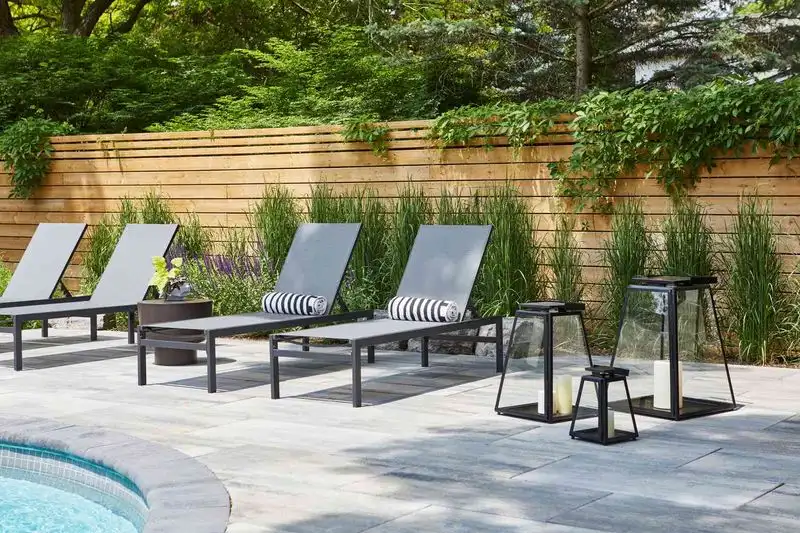
Obstructed views can limit the perceived space in a garden, making it feel smaller. If privacy isn’t a concern, consider lowering fences or trimming hedges to open up sightlines. Use see-through barriers like lattice or glass to maintain boundaries without blocking views. Creating unobstructed vistas allows the eye to wander beyond immediate boundaries, enhancing the feeling of openness. Thoughtful view management ensures the garden feels connected to its surroundings, maximizing the perceived space.

